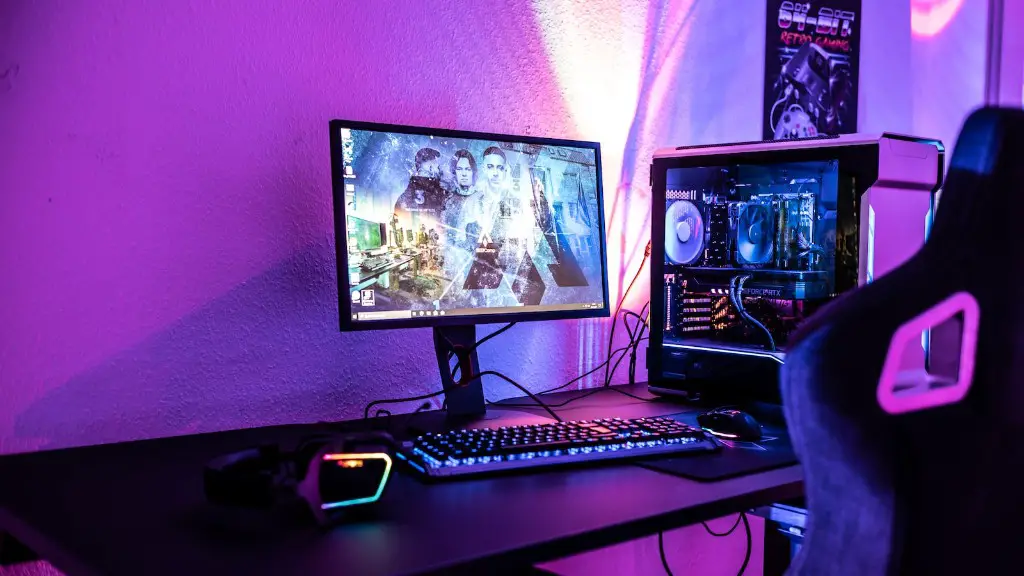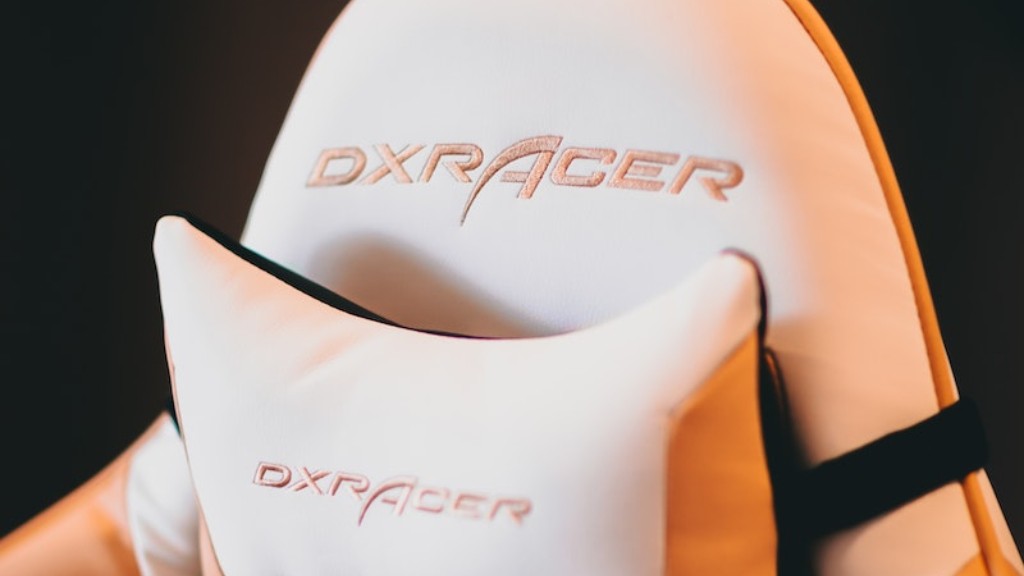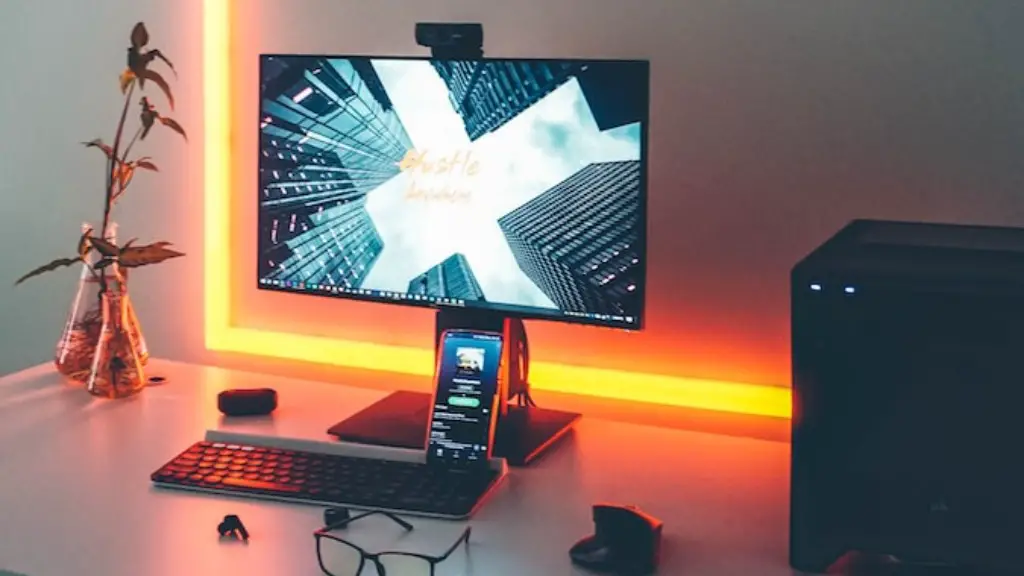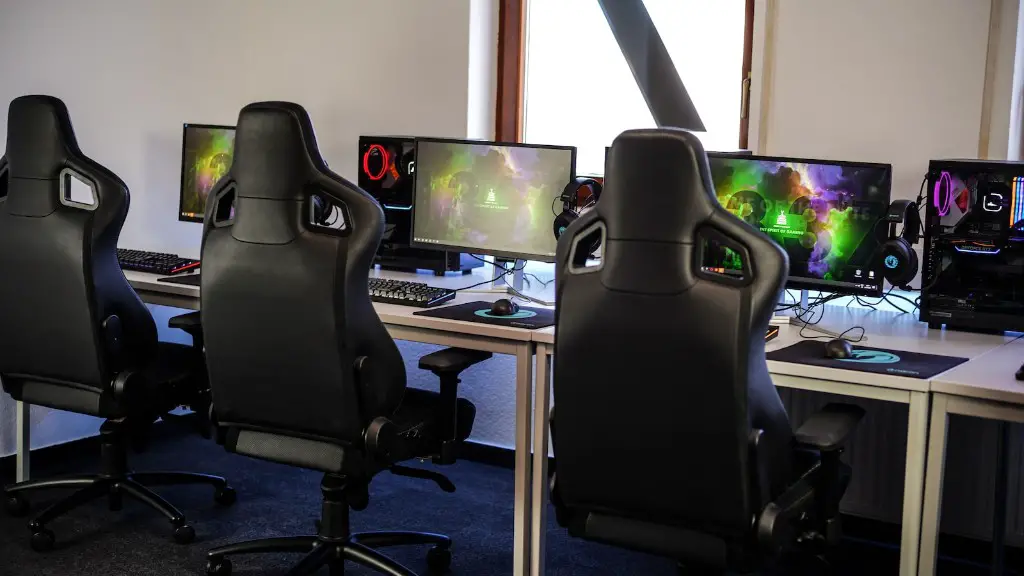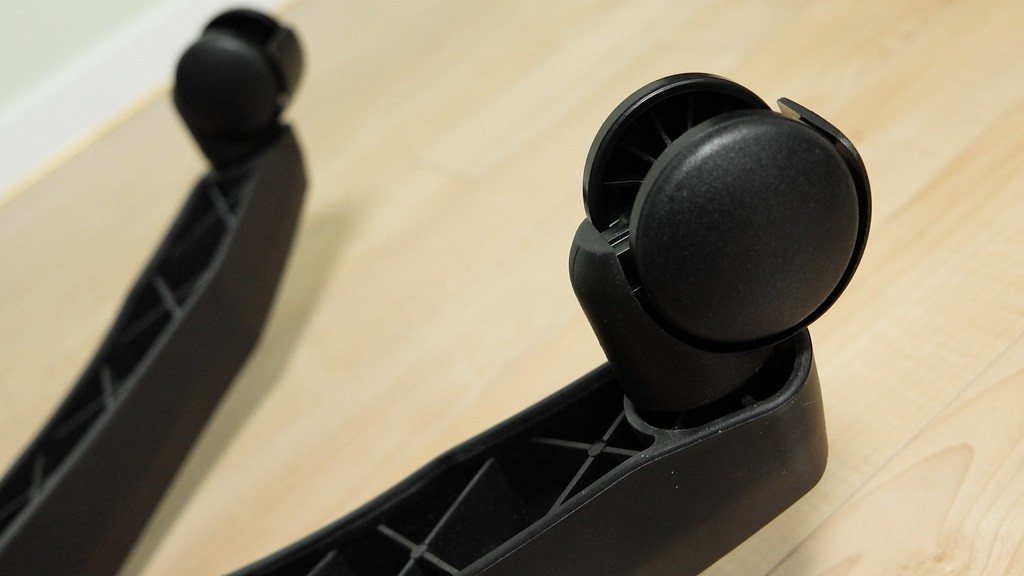Building a water-cooled gaming PC is more complex than building a typical mid-range gaming PC and requires special parts and additional skills. The main benefit of having a water cooled gaming PC is increased system performance and heat dissipation, resulting in greater overall efficiency and greater longevity.
The first step in building a water-cooled gaming PC is to purchase the necessary parts. This includes a water pump, water cooling blocks, water hoses, a cooling reservoir and radiator, and water cooling solution or coolant. Depending on budget and build design, an all-in-one pre-filled water cooling kit may be used to provide all of the necessary components for the water cooling setup.
The next step is to install the water cooling components. This involves connecting the water cooling block to the CPU and GPU, routing the hoses from the water blocks to the reservoir, and positioning the radiator so that air flow to the water cooled components is optimal.
Once the water cooling components are installed, the water pump and fan must be connected to the motherboard and power supply. It is important to ensure that the pump and fan are securely connected to the motherboard and power supply so that they are not operating at an inefficient level.
The last step in building a water-cooled gaming PC is to fill the cooling loop with water cooling solution or coolant. This ensures that the system is cooled efficiently and evenly, and also prevents any air bubbles from forming in the cooling loop and causing overheating.
Pressurizing And Leak Testing
The next important step after filling the loop is pressure testing and leak testing. Pressure testing helps to determine the strength of the water cooling components and helps to identify any potential weak points in the water cooling setup. Leak testing helps to ensure that the system is completely sealed and that there are no potential leak points.
Once the pressure test and leak test have been completed, the system should be installed in the computer case. This involves mounting the water cooling components in the case in accordance with the manufacturer’s instructions, connecting the radiator and fans to the power supply, and connecting the pump and hoses to the CPU and GPU.
Once the water cooling components are mounted and connected, the system should be powered up and tested. This helps to ensure that the computer is operating correctly, and also helps to identify any potential issues with the water cooling system.
Final Assembly
Once the computer has passed the testing process and is functioning properly, the final assembly stage begins. This involves installing the hard drive, optical drive, and other system components. It is important to double-check all connections and connections, as faulty parts or connections could cause the computer to malfunction.
Once the system is fully assembled, the water cooling reservoir should be filled with coolant and the system should be tested once more. This helps to ensure that everything is functioning properly and that the water cooling system is operating at optimal levels.
Testing And Tuning
In order to maximize the performance of the water cooling system, the system should be tested and tuned on a regular basis. This involves adjusting the system settings, such as the pump speed, fan speed, and radiator positions, in order to get the best possible performance from the system. It is important to ensure that the system runs stable and does not overheat, as an overheated system can lead to system instability and even system failure.
The system can also be tested using synthetic benchmarks to determine the performance of the water-cooled system. This helps to ensure that the system is running at optimal performance and that any potential issues are identified and fixed before they become a problem.
Maintenance
Water cooled systems require regular maintenance in order to keep them running smoothly and efficiently. This includes replacing coolant on a regular basis and checking for leaks or blockages in the system. The system should also be flushed out on a regular basis in order to remove any dirt or debris that may have settled within the cooling loop.
In addition to flushing the system and replacing coolant, the system should also be monitored for leaks. Even the slightest of leaks can cause serious problems and should be addressed as soon as possible. Regular maintenance helps to extend the life of the system and prevents any potential issues from arising.
Monitoring System Temperature
The system temperature should also be monitored on a regular basis. This helps to ensure that the system is operating within safe limits and is not overheating. If the system temperature rises above a certain threshold, the water cooling system should be adjusted accordingly in order to maintain optimal performance.
It is also important to check for any signs of corrosion or debris buildup in the water cooling system. This can be done by examining the cooling blocks and hoses for signs of corrosion or discoloration. If any such signs are found, the system should be cleaned and maintained to prevent potential damage from occurring.
Upgrading The Water Cooling System
The water cooling system can be upgraded in order to achieve better performance and longer life. Upgrading the system can include replacing the existing components with higher-performance parts and increasing the size of the system. This can be done by adding additional radiators and fans or adding additional water blocks to the system.
In addition to upgrading the system, it is also important to tune the system for optimal performance. This involves setting the pump and fan speeds as well as adjusting the radiator position to ensure optimal air flow to the water blocks. This helps to ensure that the system is running at its peak level of performance.
Finally, it is important to monitor the water cooling system on a regular basis in order to ensure that it is running correctly and at optimal levels. This includes keeping an eye on the temperature and ensuring that all of the components are running efficiently. Keeping a regular maintenance schedule will help to keep the system running at its peak level of performance for an extended period of time.
